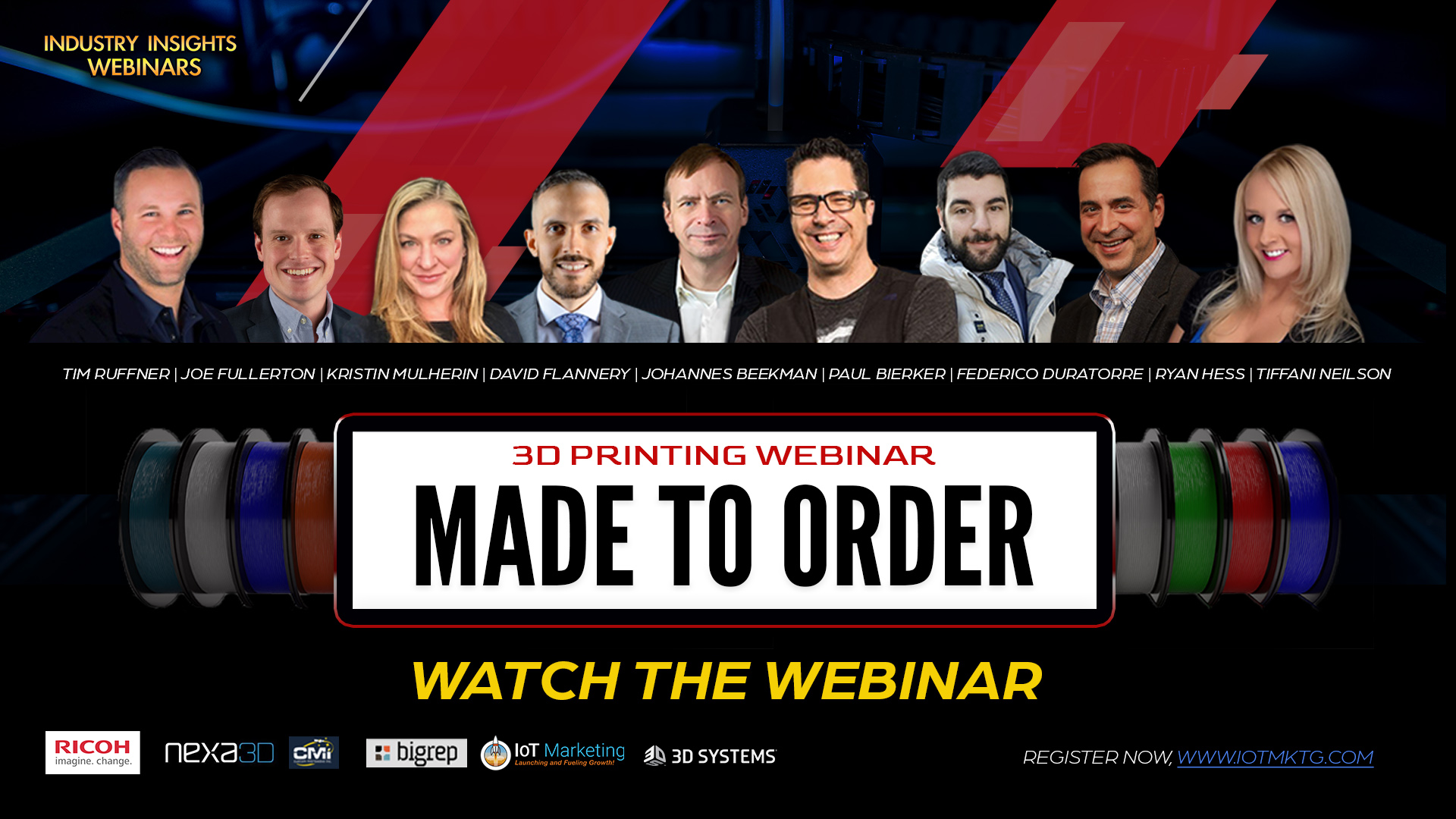The rise of the non-fungible token (NFT) has opened the minds of young entrepreneurs to explore new markets never imagined before. NFTs exist on blockchains, making them exclusive and secure. These digital items can house designs for physical products. Here's a look at how NFT 3D printing is leading the way to a new world of digital products and ways to sell tickets to events.
NFTs Demystified
The concept of NFT 3D printing is fairly new and has plenty of room to grow. An NFT can be thought of as digital property with a unique identification code. NFTs can come in the form of videos, songs, photos, social media posts and other types of digital media. A 3D printer makes it possible to turn an NFT design from an STL file into a physical product.
Certain issues affecting quality exist among different types of 3D printers. The STL file, for example, does not provide its owners digital protection from infringement. In other words, it's easy for a third party to duplicate the file. One way creators can protect intellectual property is to only issue one authentic digital copy available for sale, creating a rare digital product with a unique ID code.
Popular creators can sell high-demand unique NFTs at high prices through auctions. To make the NFT more attractive, the creator might grant a variety of permissions for using the 3D printed product in profitable ways.
How 3D Printing Creates Value for NFTs
A 3D model can be sold as a unique NFT on platforms such as OpenSea and Rarible. A musical artist can offer one copy of a live performance, making it special and exclusive for the buyer. The fashion industry can experiment with new designs as special NFTs that can be used as models to 3D printed products.
The way it's possible to sell NFTs as codes for 3D printed clothing is to create an identification code for a 3D model and sell it as part of a digital folder. The code contains the instructions for printing the physical product. The buyer must get permission from the seller to own or license content from the NFT folder.

Watch the replay of "Made to Order" to learn about the latest trends, challenges, predictions, tips and more, surrounding 3D printing technology.
So far the biggest selling NFT online has been a JPEG collage called "Everyday: The First 5000 Days," which sold for $69 million. Christie's sold the item created by artist Beeple (Michael Joseph Winkelmann) in an early 2021 auction. This sale far surpassed the value of an NFT that received more media coverage, which was the $3 million sale by Twitter co-founder Jack Dorsey of his first Twitter post. Only time will tell if NFTs can sustain value over many years.
Future Markets for 3D Printed NFTs
The market for 3D printed NFTs has yet to become as popular as digital NFTs. One of the early successful pioneers venturing into 3D printed NFTs is Danit Peleg, who sells products on Rarible. She sells designs for 3D printed clothes, that buyers can customize. Buyers can choose the material and color of the fabric.
Another pioneer in 3D printed NFTs is Ioan Florea, who supports open source models for technological design. He gained interest in 3D printed NFTs from displaying a 3D printed liquid metal Ford Torino in a 2014 New York show for Inside Bitcoin. Florea believes that 3D printed NFTs are a new kind of art form.
The popularity of NFTs grew substantially in the early 2020s, against the backdrop of high inflation and an uncertain economy. NFTs represent a new way for artists and other creators to earn money, not just from products, but ideas for products. Unlimited unique versions can be made of any given 3D printed item, as designs for 3D models are easy to edit.
Customization is a service that makes any business unique. The growing interest in 3D printing and NFTs opens the door for expansion in digital markets. Offering custom art designs is a viable business model, especially in an age of omnipresent visuals. The main constraint for 3D models of NFTs is both digital and physical size. Large digital files for large physical items are impractical, while smaller physical products make sense for 3D printed NFTs.
Conclusion
The NFT 3D printing market is young and exciting, allowing artists new ways to promote and sell their work. It's an excellent way for a business to interact with its community, creating personalized products. Not online do 3D printed NFTs create new revenue streams, they make it possible to sell many special versions of the same product.
